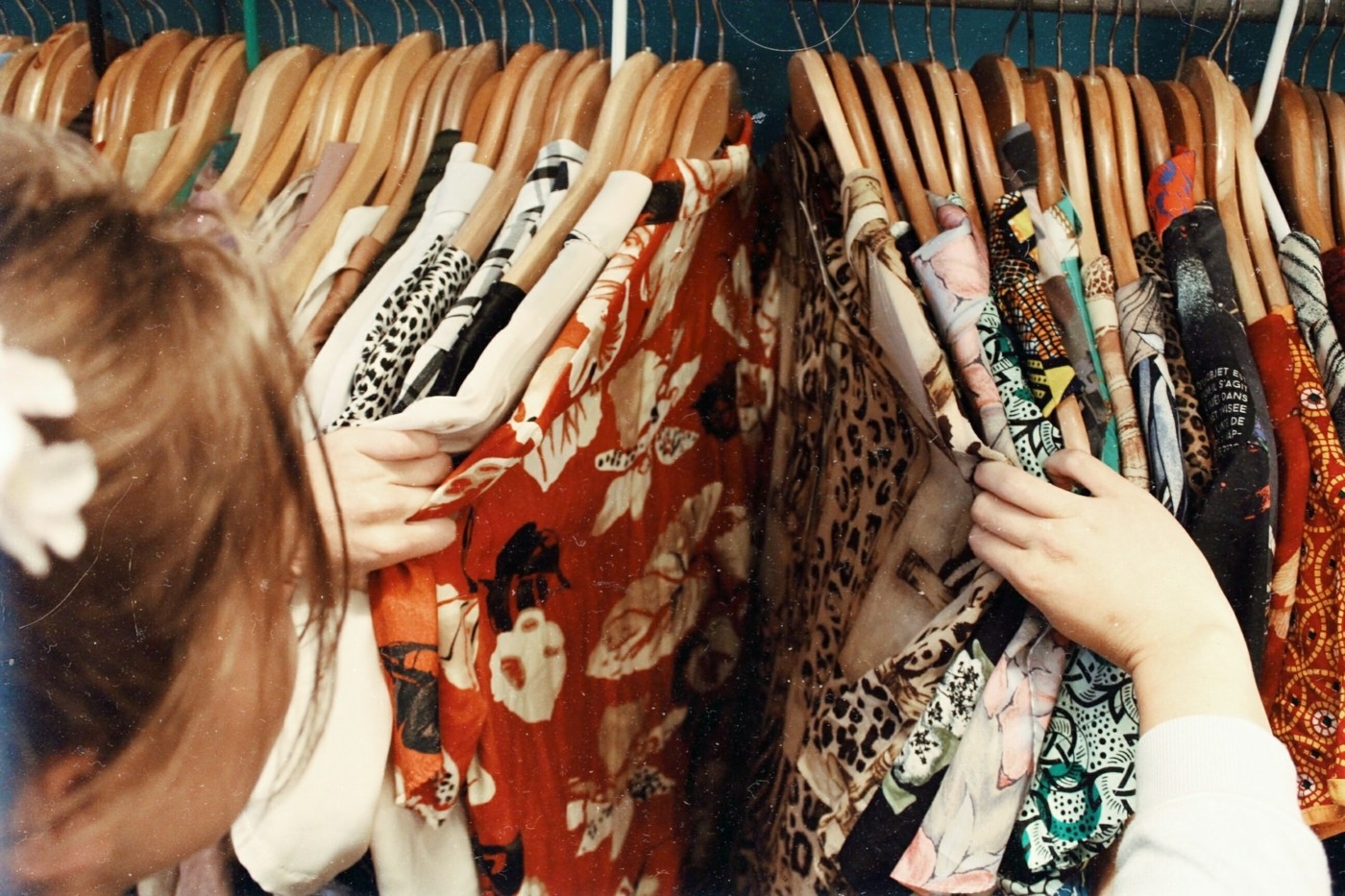Should students invest in sustainable fashion?
For a lot of students, their style is an important part of their everyday lives. Many people love using the clothes that they wear as a way to express themselves and how they’re feeling. With the rise of social media, many people feel the need to keep up with trends and continuously update their wardrobes, but what effect does this have on the environment? It is now believed that the average person is keeping clothes for half the amount of time compared to 20 years ago, and now buy an estimated 68 new garments a year, compared to just 12 in 1980.
In order to keep up with the demand for a constant rotation of new items at the best price, many fast fashion brands have turned to damaging methods to increase production. One of these methods is known as Dynamic Assortment – this is when new products are bought in regularly to see what sells. What isn’t sold often ultimately ends up in landfills and/or being burnt. This is, unfortunately, the same fate that clothes face when we throw them out, or when charity shops cannot sell or give them away.
In order to keep up with the demand for a constant rotation of new items at the best price, many fast fashion brands have turned to damaging methods to increase production
What makes the situation worse is that many of these clothes are not made sustainably. For example, synthetic materials made for textiles are thought to use an estimated 340 million barrels of oil a year. Brands are compelled to use synthetics as their main ingredient, as they are the cheapest and quickest option when it comes to materials. Unfortunately, this means that they can offer much lower prices which sustainable brands cannot compete with.
Consequently, a huge problem within the fashion industry is the transparency of these companies. Many will try to “greenwash” themselves to make it appear to the public that they are more environmentally friendly than they actually are. Luckily, there are a few new companies that are as transparent and sustainable as they can possibly be. As consumers, we can choose to support these companies to encourage other brands to follow suit – but this comes at a price.
Synthetic materials made for textiles are thought to use an estimated 340 million barrels of oil a year
An obvious hurdle as a student who wants to support sustainable companies is the price point of many of the up-and-coming brands. Obviously, it is more expensive for the brand to go the extra mile to source sustainable materials that may take longer to produce, leading to more expensive products. However, perhaps instead of buying three new shirts from a cheaper brand, you save up and treat yourself to a more expensive, sustainable brand? Not only will the higher price point make you more appreciative of the product, but you are much more likely to keep it longer in your wardrobe. Just by wearing a garment for 9 months longer than you usually would, you could reduce your carbon footprint of that garment by 30% – a win-win!
One great brand I would like to bring attention to is Comovita. Borja Durán founded the company in the hopes to change the way that fashion is consumed, including the aim to become completely zero-waste. Being a relatively new company, they currently only have one line – a collaboration with Womsh, a sustainable Italian brand, to create a line of vegan shoes. What stands out to me about Comovita is that they are pioneers in the way that they sell. Instead of mass-producing items before they release them to be sold, Comovita has introduced a pre-order system, allowing the company to only manufacture what they have already sold. This massively reduces the company’s waste and could be a great way for products to be sold in the future.
Buying from sustainable brands can help to ensure that the materials used are from renewable sources and can be recycled
Comovita is also a viable option for students as the shoes are currently listed at £129. While this seems like a lot, it is not a huge amount more than a lot of popular shoe brands. Many shoes can go a lot higher than this price, especially for limited releases, which can cost even more when they are sold on – for example, on StockX.
Ultimately, we can all work together to encourage more sustainable practices and transparency in all brands. Buying from sustainable brands can help to ensure that the materials used are from renewable sources and can be recycled. If you still want to buy from your favourite highstreet brand, perhaps try to buy second hand from a charity shop or Depop to help reduce waste and to save yourself some money.

Comments